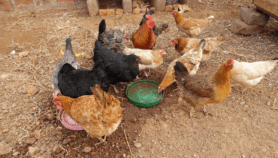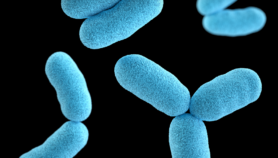By: Catherine Brahic
Send to a friend
The details you provide on this page will not be used to send unsolicited email, and will not be sold to a 3rd party. See privacy policy.
Two genetic mutations that, individually, can protect people from malaria, cancel each others’ protective effect if they are inherited together, say scientists.
They say their findings, published online yesterday (16 October) by Nature Genetics, could help researchers better understand how genes make some people immune to malaria, and why one of the mutations is not widespread in sub-Saharan Africa.
The two mutations are best known for causing the genetic disorders alpha-thalassaemia and sickle-cell disease. Both alter haemoglobin, the protein in red blood cells that carries oxygen around the body.
Although it is well known that the mutations give people a degree of protection against malaria, the mechanisms behind this are poorly understood.
Moreover, researchers know little about whether this protective effect remains when both mutations are inherited together.
Thomas Williams, of the Kenya Medical Research Institute, and colleagues decided to investigate this effect in children from Kenya’s Kilifi district.
The team found that children with just one of the mutations had fewer cases of severe malaria than children with neither mutation. But children carrying both mutations had no protection from the disease.
The team showed that children with the sickle-cell mutation had fewer parasites in their blood. But this effect was not seen in children with both mutations.
The other alpha-thalassaemia mutation is prevalent in several populations in Oceania and South Asia, but much less common in sub-Saharan Africa.
The researchers suggest that the presence of the sickle-cell mutation in sub-Saharan Africa, and its cancelling effect on the protection against malaria given by alpha-thalassaemia, could be preventing the latter disease from taking root in the region.
Reference: Nature Genetics 309, 1088 (2005)












